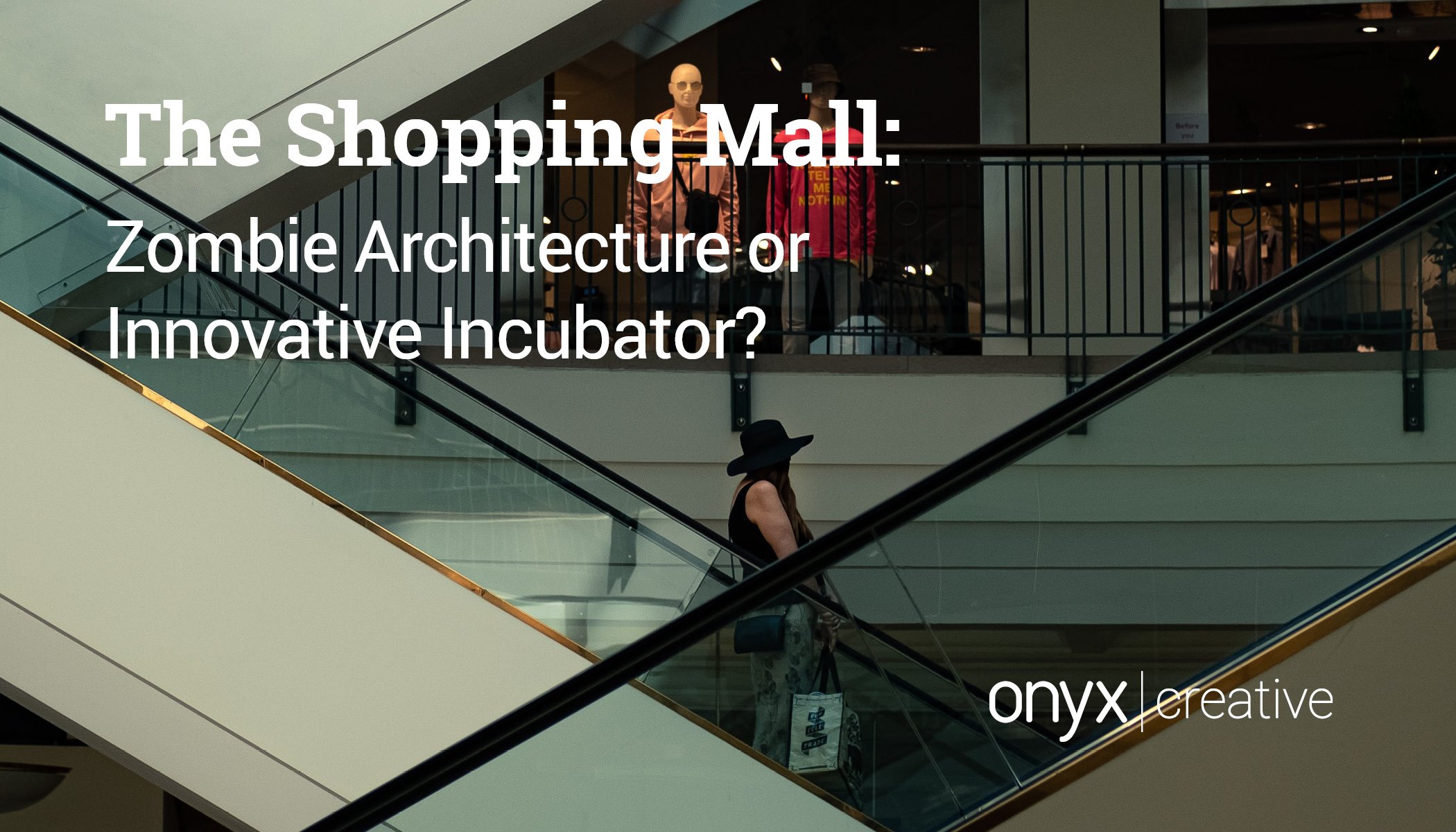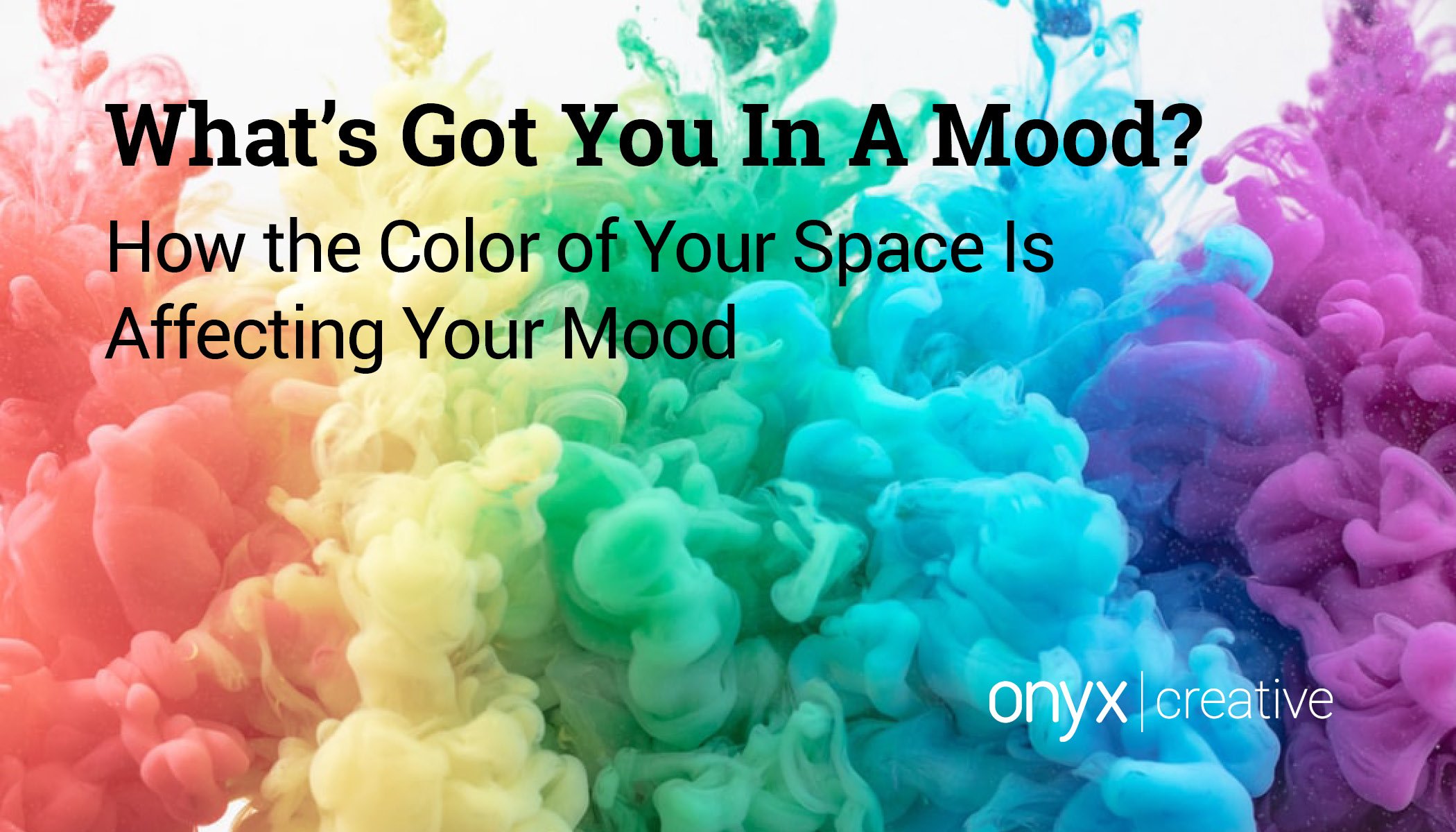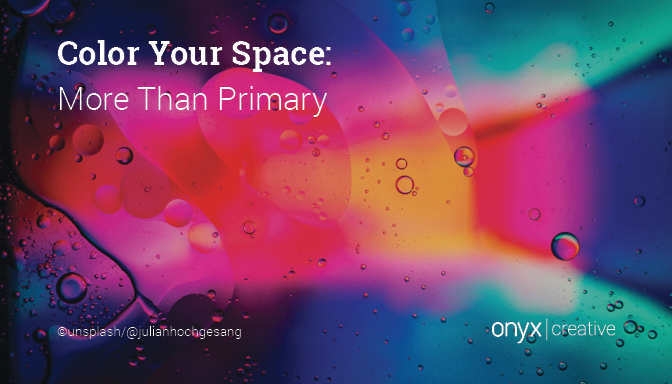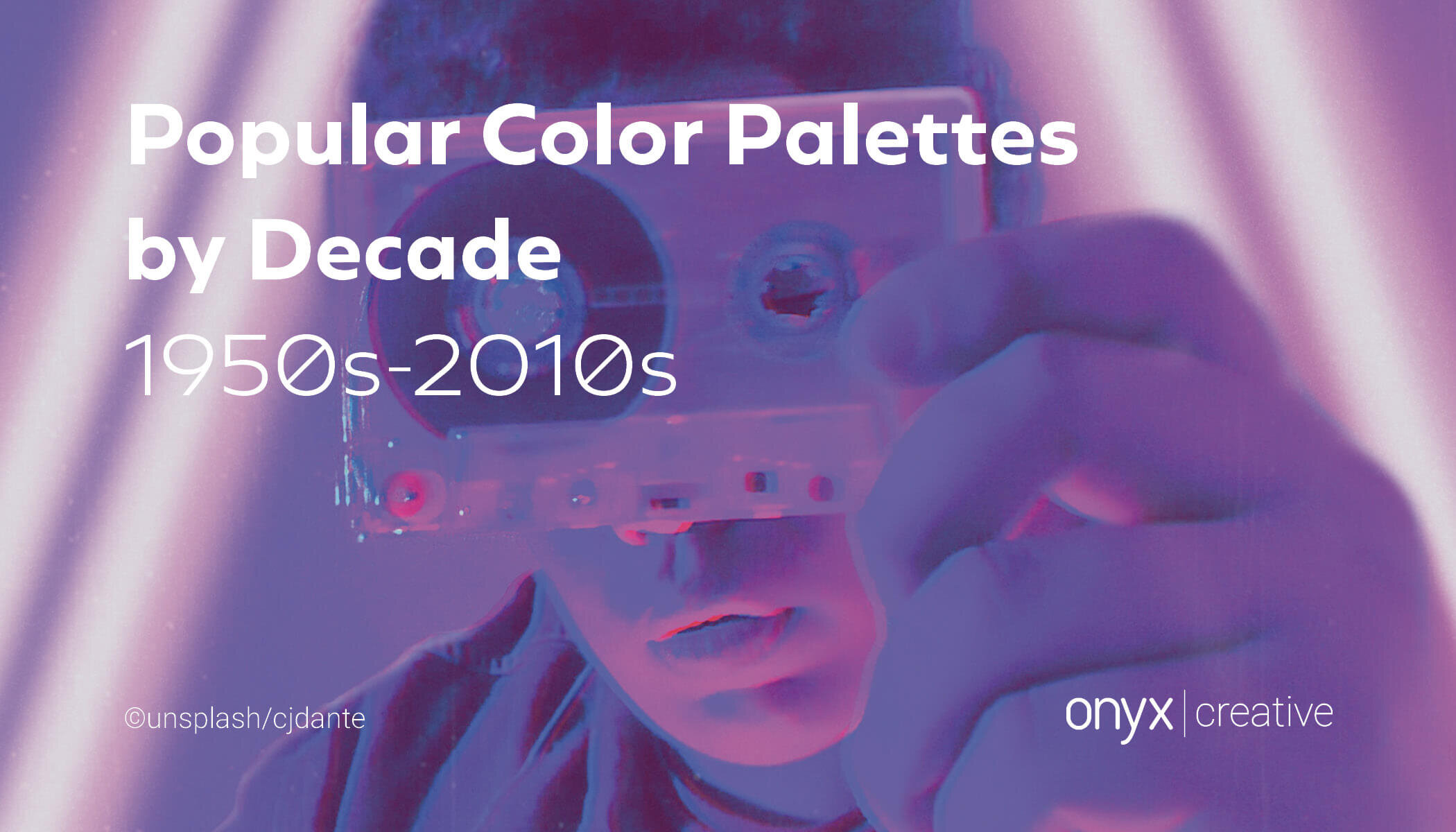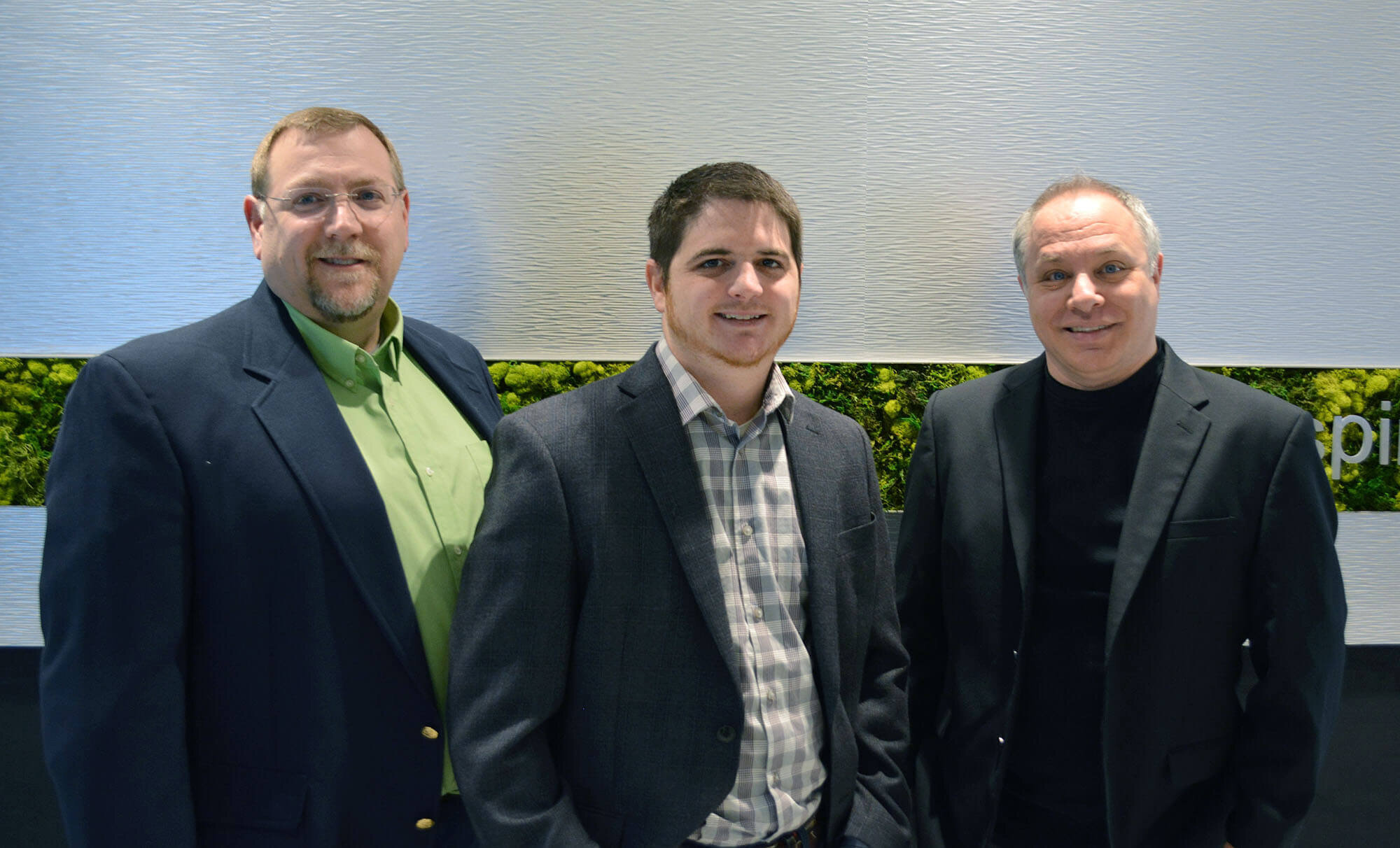On the evening of November 12, 2021, our design director, Jonathan Novak, received an AIA Cleveland award citation for his personal architectural design studies on Instagram (@jonathan.b.novak). The following is his journey, told in his own words; his mindset and story behind growing to micro-influencer status in less than a year.
0_prologue_
In the Introduction to The Wexner Center for the Art's 2001 show, 'Perfect Acts of Architecture' curator, Jeff Kipnis, argued that the show's architectural drawings were not 'perfect' in some idealized manner. They didn't represent a culmination to architectural drawing's teleology. Instead, he viewed 'perfect' to mean they were complete in themselves. The drawings in the show had the elements of architecture endowed in them. As drawings, they weren't deficient forms of architecture. He staked out a territory for drawings to be sufficient in themselves and possess all the necessary qualities to be considered architecture.
1_ the journey_
No one could imagine in 2001 that a thing like social media would exist let alone become a dominant form of social interaction. Less still, it seems, would anyone believe that it could become a field of artistic operation. Of all the platforms, Instagram creates a neutral structure waiting to be populated with images. In its neutral field, everything flattens and the value of art, as opposed to the mundane, ceases to mean anything. Every image posted transforms into "content", and that content is subsumed by the platform at the service of pleasing The Algorithm. I didn't know at the start of my journey how true that is.
At the start of the pandemic, in April of 2020, I decided to start posting drawings I made on my iPad. If I have to be quarantined, I reasoned, surely, I can do SOMETHING productive with my time. And who knew? Maybe social gathering as we knew it had ended. With that thought in mind, it led me to the end of building. But if I drew I knew one thing: my architectural journey could continue, and I could share it with others. Jeff had told me so. I committed to posting perfect acts of architecture.
Feeding The Algorithm became my goal during the pandemic. At first, the Likes were minimal, but they were thrilling to receive. My first posts netted a few dozen likes and maybe a few followers. Come June, I wanted 1,000 followers by the end of pandemic summer. By September I had 2,000 followers. I continued to post new drawings frequently. The Algorithm loves that, I'm told (it's true, by the way). By Thanksgiving, I had just passed 7,500 followers and my account was growing. Ten thousand followers seemed a legitimate goal. I wanted to get there by my first anniversary. I passed 10K at the start of the 51st week. I did it. I achieved 'micro-influencer' status. Cool.
2_the moral_
At this point, I have posted a drawing every two-point-five days on average. I have long since exhausted my first ideas. I've moved on and moved on again. Instagram has become a form of geology for me. It records, in discernable strata, my evolutions during the past year. I remember wondering at the beginning "what would I be like at the thousandth post"? What I found wasn't the answer that I thought.
At some point, if you're lucky with Instagram, something will hit. It will go wild, and you will receive a signal from The Algorithm that what you posted had an impact. This happened to me. On August 15, 2020, I received my signal from The Algorithm. I posted an elevation of a building at 1:00 am on and when I woke up on Saturday morning, I had more than 400 likes. That amounted to a four-fold increase over my next most popular post. I posted another drawing in the same vein to test the signal. It also did well. This started new strata by depositing elevations all done in the same style, using the same pens with the same backgrounds. For four months I posted explorations of elevations, and my following grew. In January, after studying Paul Rudolph's drawings, I jumped in and started posting perspectives. Again I saw a huge jump in my engagement. So I followed that vein as well. This current stratum fueled my growth to more than 12,000 followers and 60,000 viewers per post.
What I didn't expect to happen was how becoming a micro-influencer on Instagram ossifies your content. Your followers follow you because they expect something of value, usually entertainment or education. It's this expectation of consistency- the growth of a brand- that paradoxically pressures you to supply new content that feels the same.
3_the content_
Maintaining an Instagram brand is an act of architecture. It's about curating the materials, colors, and forms of the posts so that the account has a consistency of design. It's about having a concept- that of "strata"- that allows me to assess when I need to reimagine the account to lay down a new layer. It's about having a sense of pace that tells me when to change the templates I use because the scrolling (strolling?) through the layers has become too repetitive. As Jeff said in 'Perfect Acts', architectural thinking abounds in creation.

















